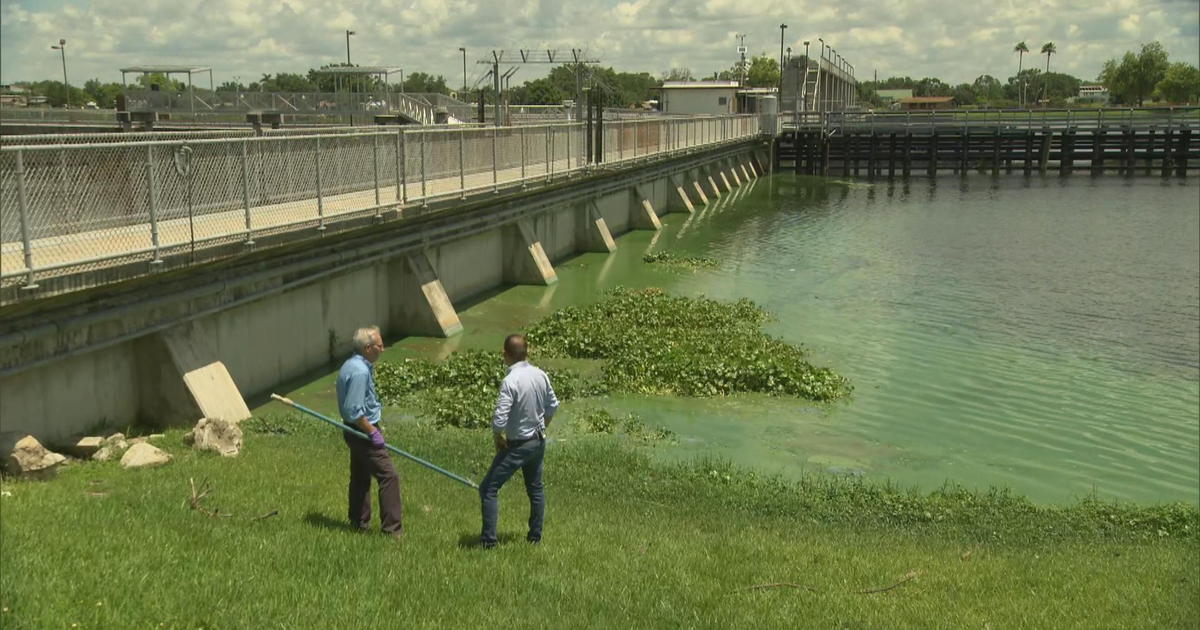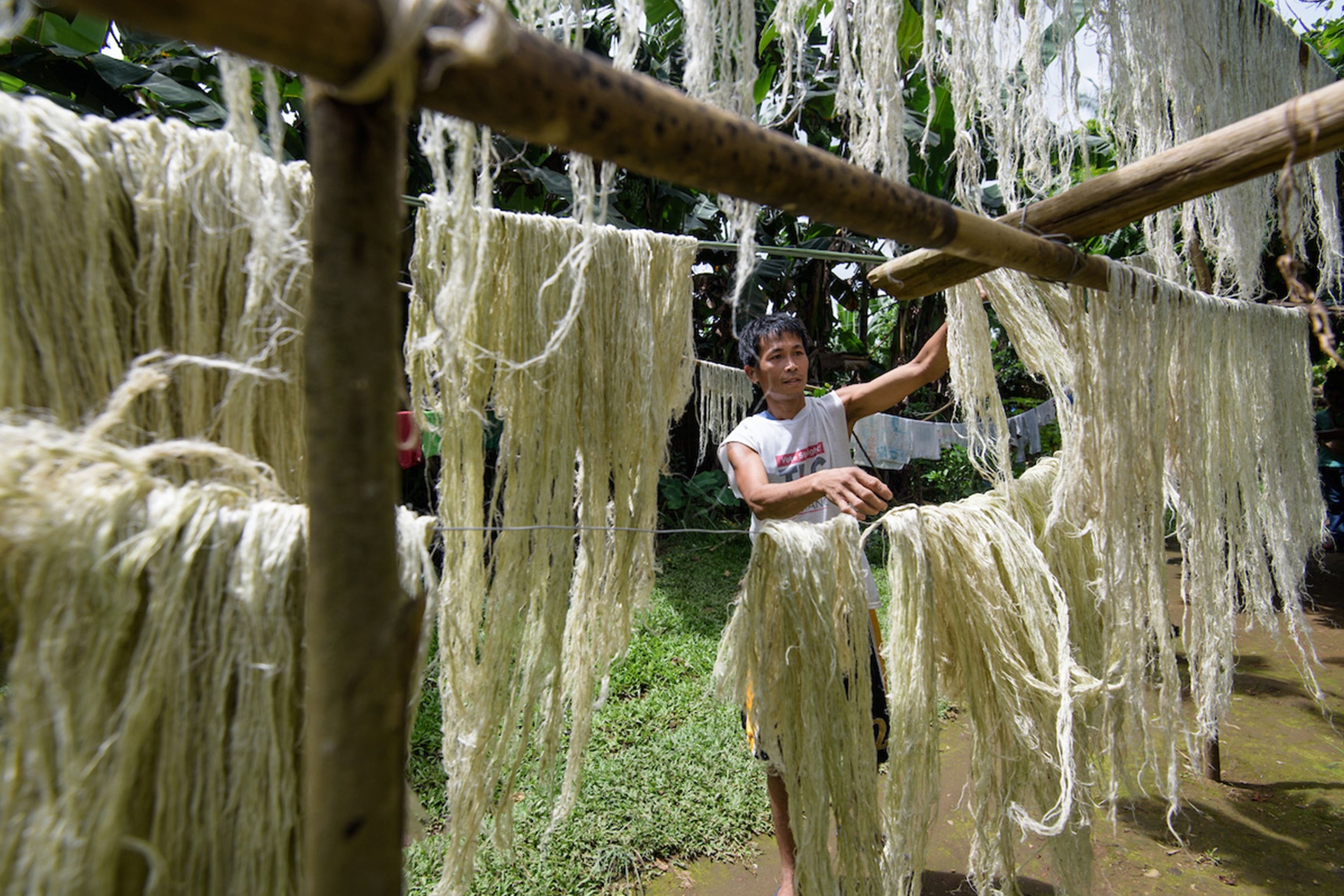A few weeks back we had a chance to speak with Ocean photographer Joseph Yerkovich around the harm that pesticides and fertilizer runoff are causing to our marine life. This past month, large visible algal mats have been observed in south Florida, which has caused mass die offs of marine life. Thousands of dead fish have washed up on the shores across Miami. "I've never seen anything like this," local resident Kathryn Mikesell told New Times. She has swam in the bay at least three mornings a week for five years. Environmental investigators with various local, state and federal agencies are looking into the algae blooms and the fish kills. But it has become evident that it is correlated to heavy rains which causes heavy runoff of pesticides and fertilizers into the water ways, which ultimately end up in estuaries and oceans. The main source of this nutrient pollution is runoff from crop fields that have been treated with pesticides and commercial fertilizer or manure. This nutrient pollution kills the seagrass and feeds algae overgrowth, the bacteria causes low amounts of oxygen, which kills marine life, and the decaying fish causes more bacteria and more algae and the cycle repeats itself.
These algae blooms keep getting worse. One of the worst blooms happened in 2011 which wiped out over 32,000 acres of seagrass in Central Florida alone. The ecosystem still hasn’t fully recovered, where environmentalists see far less wildlife and predatory fish compared to how it was prior. It seems like that this might be becoming a regular issue during the rainy season and it's safe to say that we can expect these blooms to continue until there is more regulation put in place.
With warming air and water, as well as increasing rainfall amounts, climate change is making algae blooms more frequent, widespread, and longer in duration. Treating an algae bloom is often difficult and expensive, costing the city millions of dollars a year to deal with stormwater improvements. The cheaper and more effective solution, according to EWG (Environmental Working Group), is to find the sources of the pesticides, nitrogen, and phosphorus that are contributing to outbreaks and to stop those nutrients from getting into the water in the first place. Although much of this can be prevented through sustainable organic farming practices, it is inevitable that rain runoff makes its way to the waterways. Other states should start to take cautionary notice to hopefully prevent this issue from becoming more mainstream.
Our goal from conception was to make clothing that is sustainable (no chemical run off, production done with solar energy, and limiting and eventually eliminating our use of synthetic products), so that we can help people live healthier and hopefully make an impact on an industry that has historically wrecked havoc on our plant.




Leave a comment
This site is protected by hCaptcha and the hCaptcha Privacy Policy and Terms of Service apply.